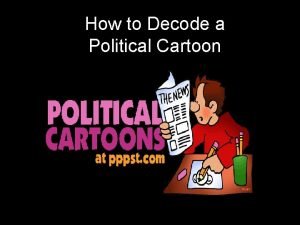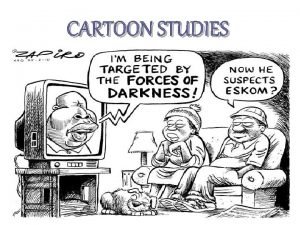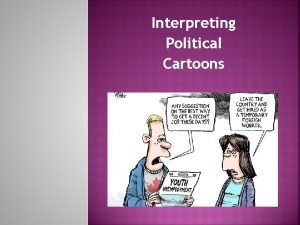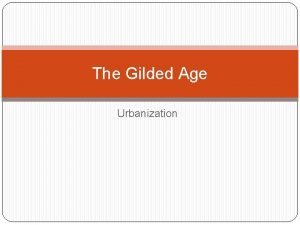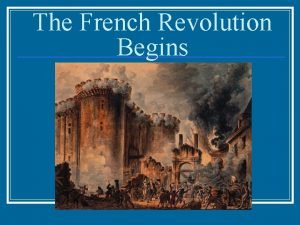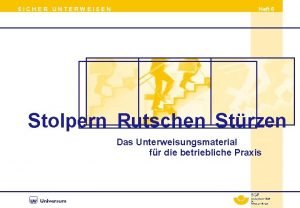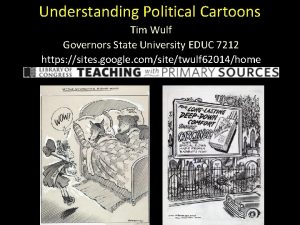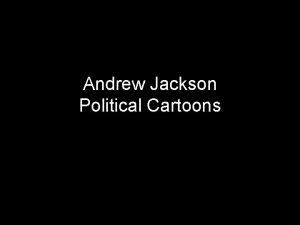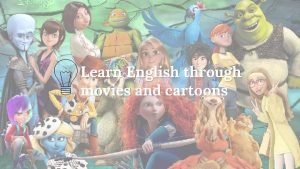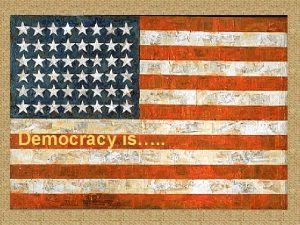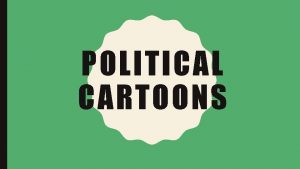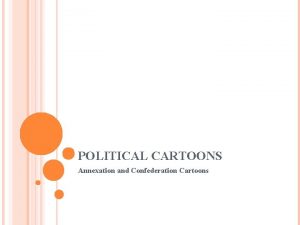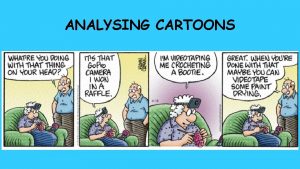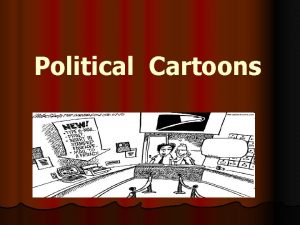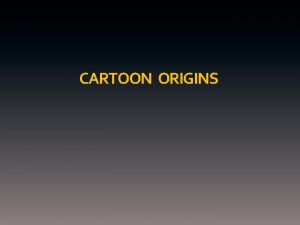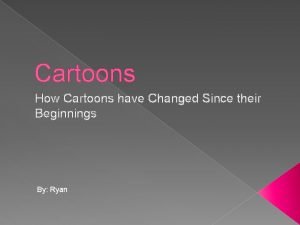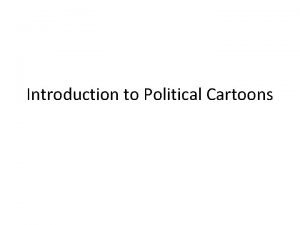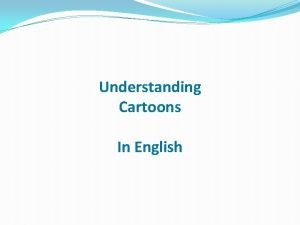CARTOON STUDIES CARTOONS A cartoon is usually a












- Slides: 12

CARTOON STUDIES

CARTOONS • A cartoon is usually a humorous drawn picture of a situation, well-known personality or story. • Cartoons are used to express ideas or to draw attention to a situation or a wellknown personality. • They often highlight a current social or political issue.


Analysing Cartoons WHEN STUDYING CARTOONS LOOK AT: • Characters: Characters Are they stereotypes or caricatures? • Background & Setting: Setting Where & when is the scene taking place? • Language: Language Is formal /informal register used? How are the sentences structured? • Punctuation: Punctuation Used to portray emotions. • Actions: Actions Look at facial expressions and symbols or lines used to portray movement/emotion. • Objectives: Objectives Is the aim to inform, educate or entertain?

Teacher appears tired and hopeless by: • lines under eyes • half-opened eyes Issue – Ground reformation process in Zimbabwe Teacher is caricatured by her glasses and neat dress. Learner’s innocence is portrayed with wide open eyes and cute hairstyle. Setting indicated by: • School desk & board • Caption refers to class & Harare

Analysing Cartoons K A cartoon can be a single frame or consists of a series of frames. K Movement is indicated by vertical, curved and diagonal lines. K Speedy action is indicated by streaky lines or the action leaving the frame. K Fonts are also changed for emphasis.

Words in bold = loud Jagged speech bubble, bold print and question/exclamation marks indicate shouting. Smile = happy Mom is hysterical: wide open eyes and mouth. The asterisk indicates confusion or a thought process. Blank expression emphasises confusion. Hands on head = despair!

Shows she has moved away Emotions? Evidence?

Commenting on Cartoons • All answers should be substantiated with close reference to the cartoon. • Pay careful attention to the body language of the characters and refer to visible features. • Remember that cartoons make use of puns, satire, sarcasm and irony that need to be explained by referring to the cartoon.

Caricature I This is a drawing in which a person or action is shown with exaggerated features. I Features are exaggerated to help with identification or to ridicule. Stereotype I This is a fixed, exaggerated and preconceived description of a specific type of person, group or nation. I For example, the Italians are said to be emotional and the British cold.


 Paradigm shift from women studies to gender studies
Paradigm shift from women studies to gender studies A cartoon is usually
A cartoon is usually A cartoon is usually
A cartoon is usually The first cartoons
The first cartoons Ernst rohm cartoon
Ernst rohm cartoon Interpreting political cartoons
Interpreting political cartoons Urbanization political cartoon
Urbanization political cartoon Estate system political cartoon
Estate system political cartoon Stolpern rutschen stürzen unterweisung
Stolpern rutschen stürzen unterweisung Political cartoons
Political cartoons Political cartoons andrew jackson
Political cartoons andrew jackson Learning english through movies
Learning english through movies Pluralist democracy political cartoon
Pluralist democracy political cartoon

